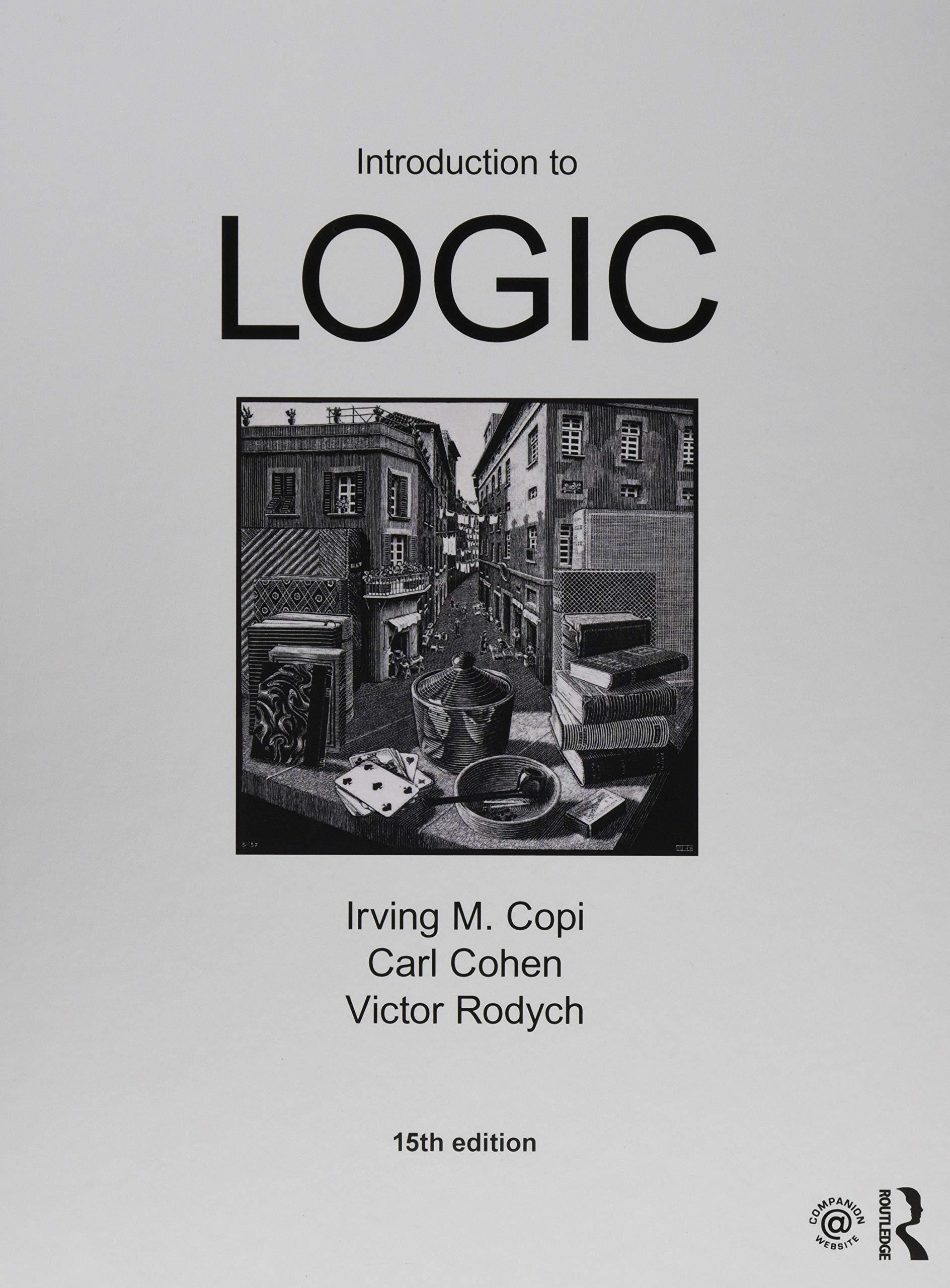In each of the following passages, a. What data are to be explained? b. What hypotheses are
Question:
In each of the following passages,
a. What data are to be explained?
b. What hypotheses are proposed to explain them?
c. Evaluate the hypotheses in terms of the criteria presented in Section 13.3, pp. 564–566.
Population clusters—groups of persons who are found to buy the same things, get their entertainment from the same sources, exhibit similar voting patterns, and generally behave in quite similar ways—are of growing interest. Michael J. Weiss has distinguished some 62 of these clusters, which he calls “distinctive lifestyle types.” He also names them and highlights some of their peculiarities. In the Towns and Gowns cluster, for example, tequila is far more popular than elsewhere, and twice as many people watch the soap opera “Another World” there than do people elsewhere. In the Military Quarters cluster people are four times as likely to watch the TV show “Hard Copy” as the average American. Among the young, middle-class Americans in suburbia, furniture refinishing, downhill skiing, and cats are abnormally popular, while chess and tractor pulls are abnormally unpopular.
Lifestyle clusters are found useful by businesses seeking customers, by candidates seeking votes, by nonprofit organizations seeking new contributors, and so on. What may appear trivial can be very revealing. In Washington, DC, Weiss observes, “there is a fault line between the fans of Brie cheese, who tend to hold down executive jobs and write the laws, and those of Kraft Velveeta, who maintain the service economy.” He asks: “What prompts some of us to eat Brie and others to devour Velveeta cheese?”
—Michael J. Weiss, The Clustered World
(Boston: Little, Brown, 2000)
Step by Step Answer:

Introduction To Logic
ISBN: 9781138500860
15th Edition
Authors: Irving M. Copi, Carl Cohen, Victor Rodych





